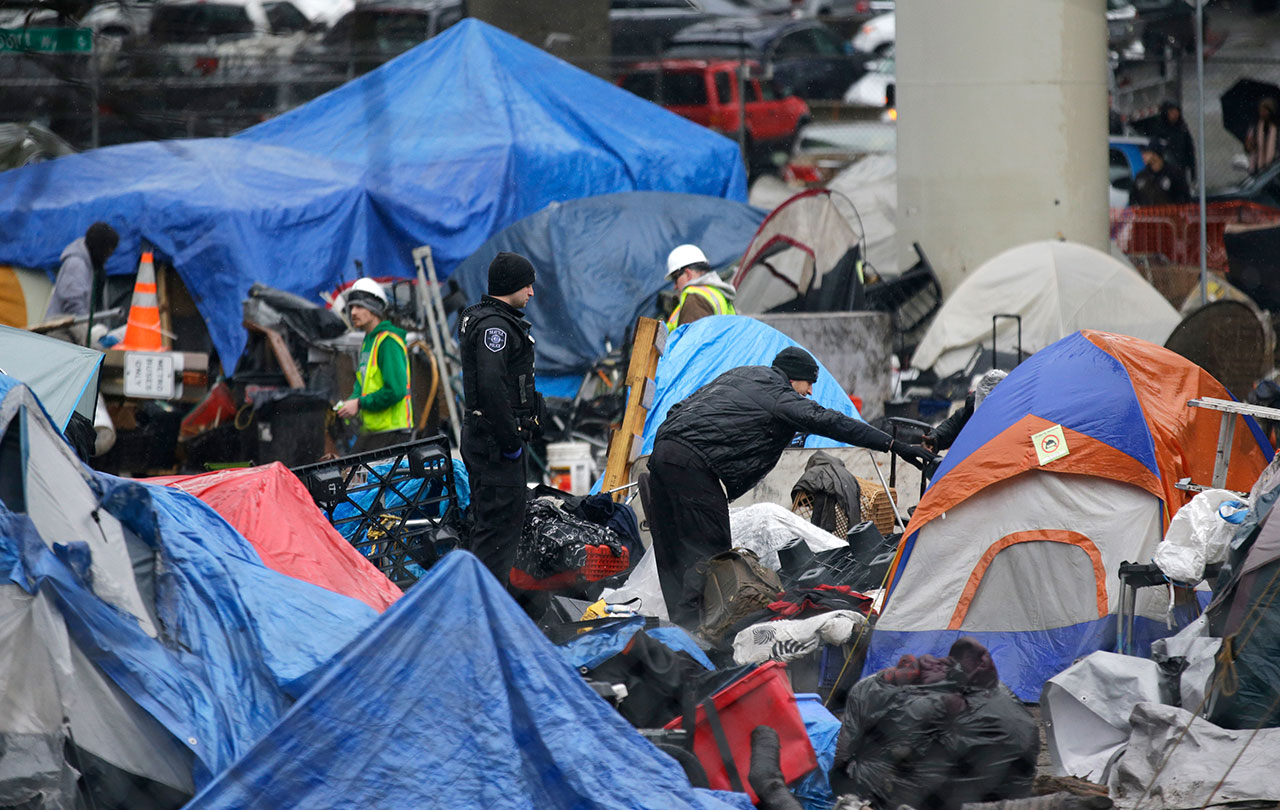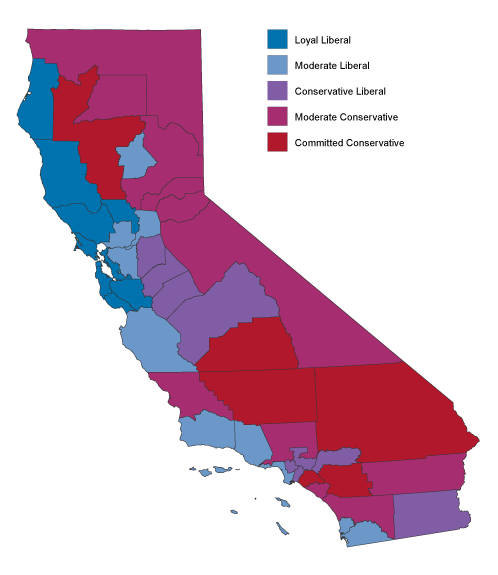
Unprecedented California Blackout Ending as PG&E Restores Power
Californians are emerging from an unprecedented blackout that plunged millions into darkness this week as utility giant PG&E Corp. tried to keep its power lines from igniting catastrophic wildfires.

The unprecedented power shutdown by California's PG&E Corp. has spread deeper into densely populated cities near San Francisco, ensnaring millions of people and raising the prospect that much of a major metropolitan area could go without electricity for days.
The bankrupt utility said late Wednesday that it had begun a second round of power cuts that will plunge another 234,000 customers in cities including Berkeley and Oakland into darkness. It's part of the biggest blackout ever orchestrated to prevent strong winds from knocking down electrical lines and igniting fires. Half a million homes and businesses in Northern California were already in the dark, cut off by PG&E overnight.
Meanwhile in Southern California, Edison International was cutting power to dozens of customers and has warned of more, while San Diego's main utility is also considering shutoffs. Altogether, more than 3 million people may eventually be affected, or almost 8% of the state's population, based on city estimates and the average household size. The economic impact may reach $2.6 billion.
After being forced into bankruptcy from wildfires its equipment caused over the past two years, PG&E is using the massive power cuts in an attempt to prevent another deadly disaster. While San Francisco and Silicon Valley will be spared, the extensive reach of the outages threatens to roil the area's economy by disrupting workers, shutting stores and forcing companies and agencies to shell out for costly back-up generators to keep operations limping along.
A prolonged blackout will strain the region's economy, said Michael Wara, director of the Climate and Energy Policy Program at Stanford University. Blackouts lasting hours or a single day close offices and schools, and prompt runs on grocery stores. At five days, cupboards start running bare, diesel for backup generators start selling out and gasoline runs short as stations won't have power.
"If you lose power for five hours, you may have to throw out some milk," Wara said. "If you lose power for five days, you need to throw anything that's perishable away, and you are likely eating out of a can."
Wara estimated PG&E's blackout could cost $2.6 billion if it lasts two days, using a planning tool developed by Lawrence Berkeley National Laboratory. Two of the researchers who developed that tool, however, cautioned that it's designed to calculate the impact of much shorter blackouts -- less than 24 hours.
In areas where electricity was already out early Wednesday, many stores and businesses sat closed, while others worked off back-up power. Wells Fargo shuttered some branches. A few dozen Safeway supermarkets were affected as of midday, and the company was providing backup generators and refrigerated trailers upon availability.
Cities also turned to generators to power some facilities on Wednesday and simply closed others. Santa Rosa used generators to keep tap water flowing to residents and the lights on in fire stations. It shut down City Hall, according to its website. Public buses were running but not collecting fares -- its own expense.






